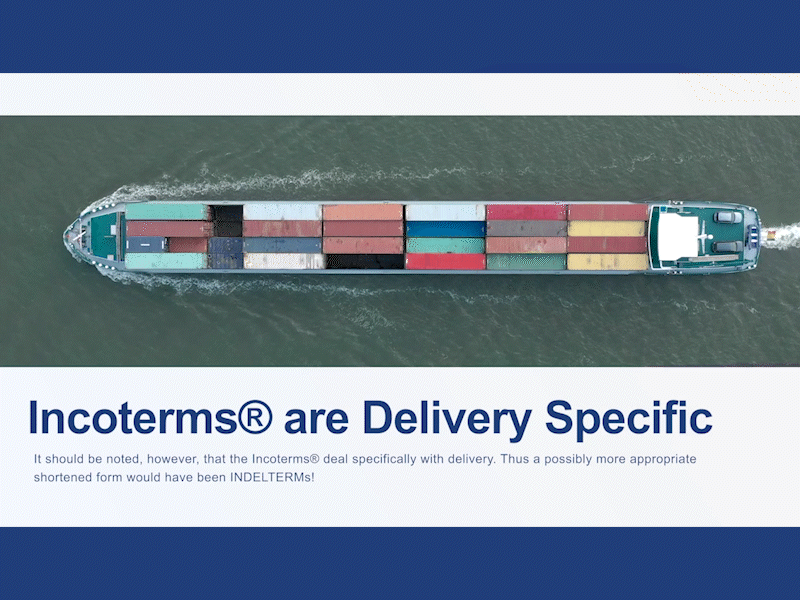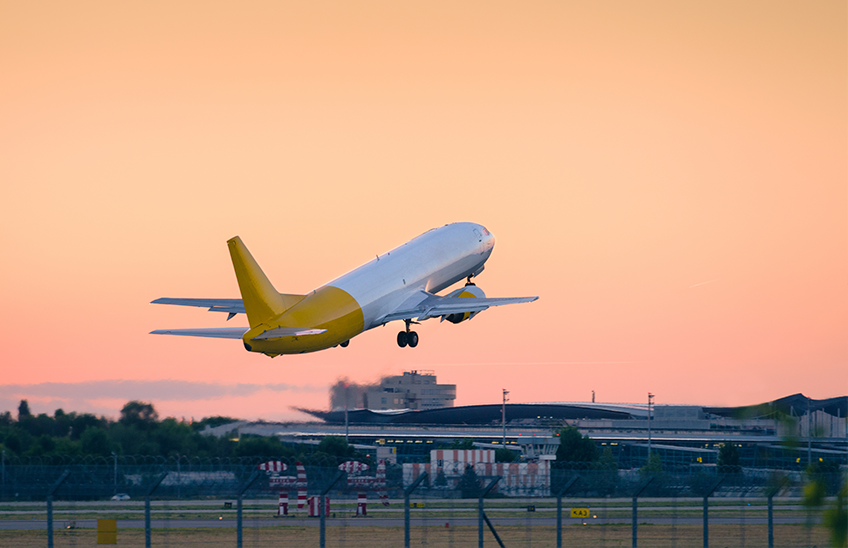There are many pivotal elements to consider when it comes to finding the right mode of transport for your consignments of goods. However, choosing the right mode of transport traditionally relies on assessing the product you are exporting, your geographical location and the arrangements negotiated with your buyer. Depending on these factors, air freight may be the most efficient way of transporting your goods. In this article, we explain how goods are conveyed by air, the air freight services available to shippers and the advantages of utilising air freight as your chosen mode of transport.
How Goods are Conveyed by Air Freight
Air freight is usually used to transport small, dense consignments of high-value cargo such as gold, banknotes, or urgently needed items, such as life-saving medication. The cargo transported by air is either consolidated in a unit load device or conveyed as a breakbulk consignment. A unit load device can be either an aircraft pallet or an aircraft container. An aircraft pallet is a flat, lightweight platform built to standard aircraft specifications. An aircraft container is not the same as those utilised in ocean transport but rather a lightweight container explicitly designed for an aircraft hold.

Types of Air Freight Services
There are three common types of air freight service available:
- A traditional air service that is used for industrial and commercial air shipments in a parcel, containerised or palletised form.
- A special commodity service that is used to transport perishable products, out-sized cargoes and hazardous goods.
- An express freight service offered by airlines, freight forwarders and integrators which provides a door-to-door service that includes all customs clearance and
Advantages of Air Transport
Although the most expensive mode of transport, air freight has a few distinct advantages over other modes. The speed of delivery associated with air transport often means faster payment and, therefore, an improved cash flow position for your company. The shorter transit times and availability of frequent deliveries to overseas buyers also mean there is less need for high stock levels and storage space. Another significant benefit of using air freight to transport your goods to international buyers is the level of security it offers you compared to other modes of transport. Although turbulence and adverse conditions can occur, transporting cargo by air is often less hazardous than shipping goods by sea. Thus, lighter and consequently less expensive packaging is required.

Furthermore, cargo insurance premiums may be lower because cargo is subject to less risk. However, insurance is not the only cost you could save on when utilising air freight. None of the additional costs associated with sea freight, such as port dues, inland transit and terminal handling fees, apply to air freight.
Now that you understand how goods are conveyed by air, the types of air freight services available and the benefits of utilising air freight, the next logical step is to further your understanding of all the modes of transport available in the delivery of a consignment of goods. To ensure you understand all the essentials of the various modes of transport and their associated processes in exports. Trade Forward Southern Africa, in collaboration with the International Trade Institute of Southern Africa, has created a free and comprehensive online training course that provides training on all aspects of transporting goods internationally, including modes of transport, Incoterms® and Multimodalism. Click the links below to sign up for free and get started.
To sign up to the School of Export CLICK HERE.
If you already have a profile, CLICK HERE to login to begin the module.










Leave a Reply